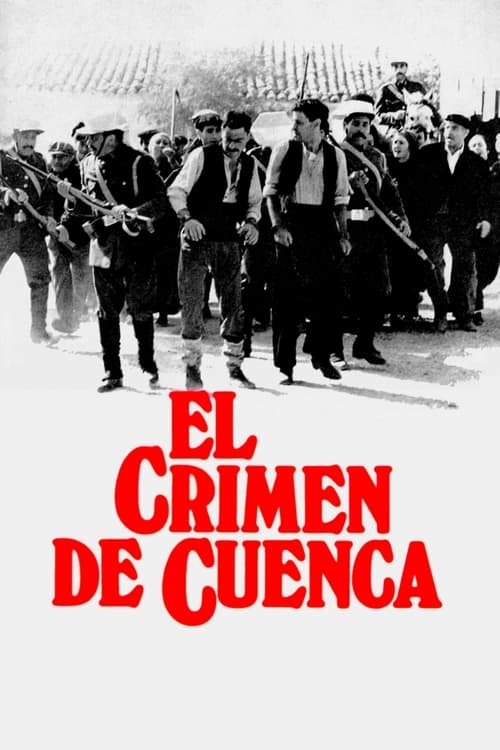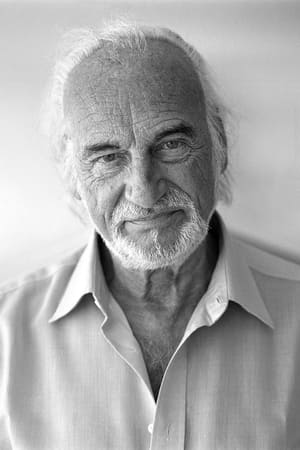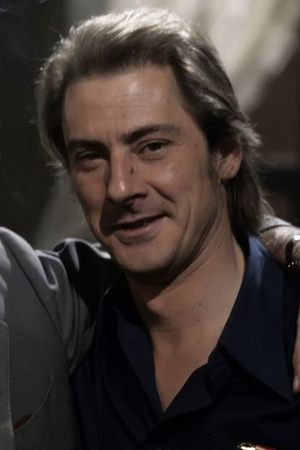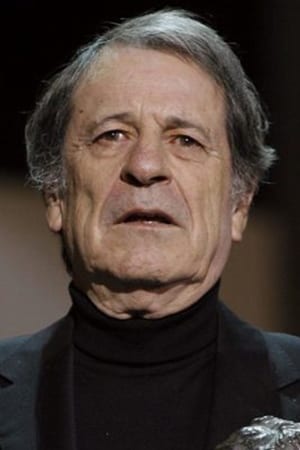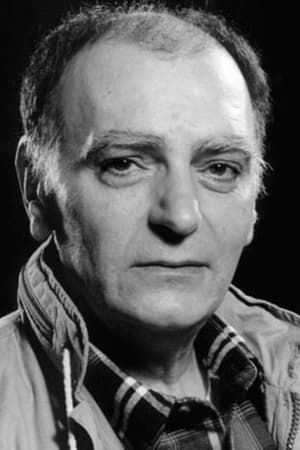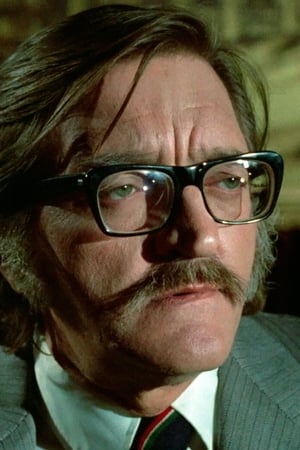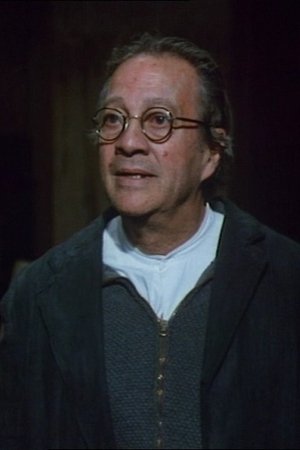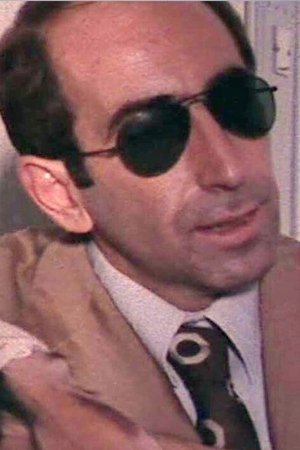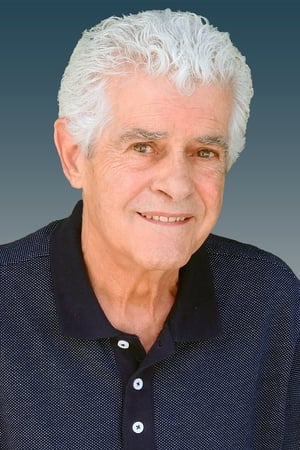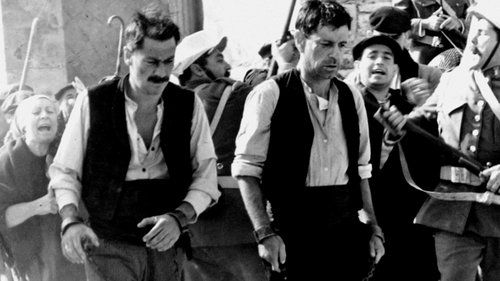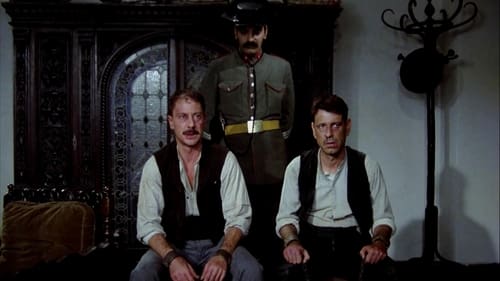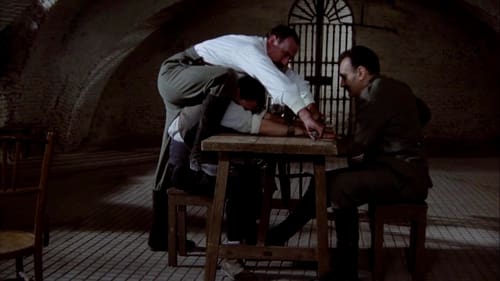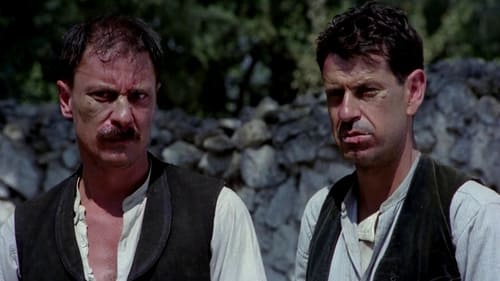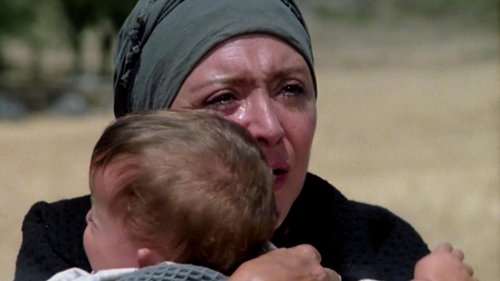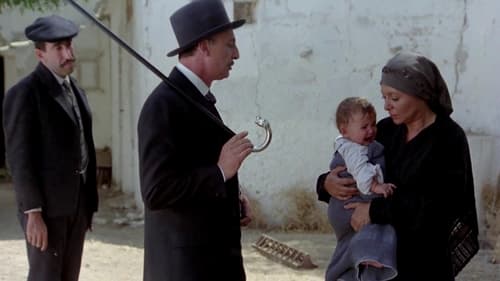
Marco-Hugo Landeta Vacas
7
|
mar. 15, 2025
(CASTELLANO) El crimen de Cuenca no es una película fácil de ver, ni quiere serlo. Su impacto va más allá de la historia que cuenta. No solo nos muestra una de las injusticias judiciales más grandes de España, sino que también se ha convertido en un emblema de la lucha contra la censura. Pilar Miró, con su dirección decidida y sin concesiones, sumerge al espectador en una historia incómoda, donde esa brutalidad y el total abuso de poder se muestran sin filtros.
Pero lo que más inquieta no es solo lo que cuenta, sino cómo lo hace. La película reconstruye los hechos con una crudeza que sigue siendo impactante hoy en día. La interpretación de Daniel Dicenta y José Manuel Cervino es sobrecogedora, y la relación entre sus personajes aporta un nivel de humanidad que hace que su sufrimiento sea aún más difícil de digerir. No son solo víctimas de la justicia, sino de un sistema podrido por la presión social y la impunidad.
Las escenas de tortura fueron, y siguen siendo, lo más polémico de la película. Miró no se anduvo con rodeos: las muestra de forma cruda y directa, hasta el punto de resultar insoportables. Es difícil no apartar la mirada, pero ahí está la clave. No es un recurso gratuito, sino la manera de reflejar la brutalidad de un sistema dispuesto a fabricar culpables con tal de cerrar un caso. Sin embargo, la película no se queda en la violencia. Va más allá y pone el foco en la hipocresía de una sociedad que, sin pruebas, prefirió condenar antes que dudar.
A nivel técnico, la película destaca por su fotografía, que refuerza esa sensación de asfixia y desesperanza, y por la partitura de Antonio García Abril, que acompaña la historia sin subrayar demasiado la tragedia. También es clave el trabajo del reparto secundario, con nombres como Fernando Rey, Héctor Alterio o Amparo Soler Leal, que suman solidez al relato.
Puede que El crimen de Cuenca no sea una película perfecta. Su tono es a ratos demasiado efectista y algunas escenas alargan más de la cuenta el sufrimiento de sus protagonistas. Pero su relevancia va más allá de lo cinematográfico. Es un testimonio necesario, un recordatorio de lo fácil que es construir una verdad a base de mentiras y del peligro de una justicia que no busca la verdad, sino culpables.
(ENGLISH) The Crime of Cuenca is not an easy film to watch, nor does it intend to be. Its impact goes beyond the story it tells. It not only exposes one of the greatest judicial injustices in Spain but has also become a symbol of the fight against censorship. Pilar Miró, with her bold and uncompromising direction, immerses the viewer in an unsettling story where brutality and the absolute abuse of power are laid bare without filters.
But what unsettles the most is not just what it tells, but how it tells it. The film reconstructs the events with a rawness that remains shocking to this day. The performances of Daniel Dicenta and José Manuel Cervino are harrowing, and the relationship between their characters adds a level of humanity that makes their suffering even harder to endure. They are not just victims of justice but of a system corrupted by social pressure and impunity.
The torture scenes were, and still are, the most controversial aspect of the film. Miró does not hold back: she presents them in a stark and direct way, to the point of being almost unbearable. It is difficult not to look away, but that is precisely the point. It is not gratuitous violence but a way to expose the brutality of a system willing to create scapegoats just to close a case. However, the film does not dwell solely on violence. It goes further, focusing on the hypocrisy of a society that, without evidence, preferred to condemn rather than question.
On a technical level, the film stands out for its cinematography, which reinforces that feeling of suffocation and despair, and for Antonio García Abril’s score, which accompanies the story without overemphasizing the tragedy. The supporting cast is also crucial, with names like Fernando Rey, Héctor Alterio, and Amparo Soler Leal, all of whom add depth and weight to the narrative.
Perhaps The Crime of Cuenca is not a perfect film. At times, its tone is too theatrical, and some scenes extend the suffering of its protagonists longer than necessary. But its significance goes beyond cinema. It is a necessary testimony, a reminder of how easy it is to fabricate truth through lies and the dangers of a justice system that seeks culprits rather than the truth.
